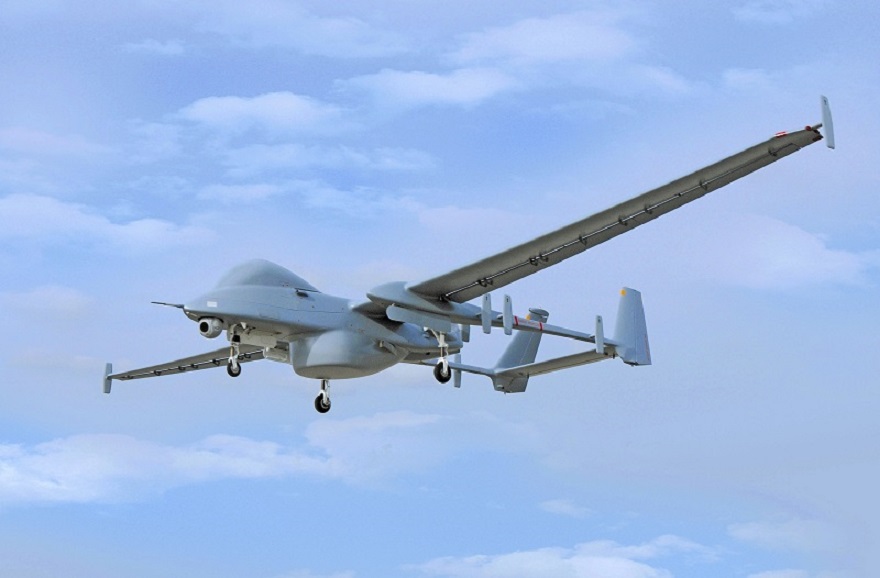This post is also available in:
 עברית (Hebrew)
עברית (Hebrew)
As a fast-growing market thriving with innovative technologies, unmanned aerial systems have received various names. Manufacturers, public organizations, operator, and associations are all referring to some specific terms with slight differences contained in the definitions from one to another.
Altigator.com reveiws the correct designations that were adopted by the major professional actors of the UAV ecosystem.
- UAV (Unmanned Aerial Vehicle) – Used to define the flying object employed for recreational and professional civilian applications. Although it is the most frequent term in the internet, the aviation agencies of many countries have decided to go for different term than today’s UAV.
- Drone – While the term refers mainly to the military context, in the common language it is used to designate any type of aerial unmanned vehicle. French speaking countries mainly use this term due to historical reasons (including France being the world pioneer in the regulation for the use of commercial unmanned aerial vehicles).
- RPAS (Remotely Piloted Aircraft System) – The most formal and international designation. RPAS appears to be the preferred terminology used by the international aviation-related agencies like the International Civil Aviation Organization (ICAO). European and Australian agencies such as Eurocontrol, the European Aviation Safety Agency (EASA) etc. also followed this trend.
- UAS (Unmanned Air/Aircraft System) – Used in the US and UK. Despite the global international agreement on the RPAS, some American and British organizations decided to go for the UAS acronym, including the Federal Aviation Administration (FAA – USA), the Unmanned Aerial Vehicle Systems Association (UAVSA), and the Civil Aviation Authority (CAA – UK). EASA and Canada opt now for UAS, and even ICAO makes a distinction between smaller UAS and larger RPAS. The CAA provides an explanation of this choice: “The terms Unmanned Aircraft (UA) or Remotely Piloted Aircraft (RPA) are used to describe the aircraft itself, whereas the term Unmanned Aircraft System (UAS) is generally used to describe the entire operating equipment including the aircraft, the control station from where the aircraft is operated and the wireless data link”.
What about the terminology in Hebrew?
Israel is a world leader and knowledge hub in this field, and its unmanned aerial vehicles are manufactured by local defense industries. These systems are considered as leading aircraft in the modern battlefield, supplying aerial support to the ground forces, directing aircraft and helicopters to targets, supplying real-time video and collecting intelligence from all sectors in order to build the IAF “target bank”, according to iaf.org.il.
At first, the unmanned aerial systems were called MAZLAT (pilotless small aircraft) for small models, and MALAT (pilotless aircraft) for larger models capable of carrying heavy munition and advanced intelligence systems, according to he.wikipedia.org.
Later, the term changed to KATBAM (unmanned aerial vehicle), to include also vehicles that do not have the shape of an airplane.
Since 2016, the Israeli Air Force coined the term KATMAM (remotely manned aerial vehicle)’ in order to reflect the fact that these systems do not operate autonomously, but rather they are monitored and remotely operated by a human operator. The Instruction and Doctrine Division in the Operations Directorate still prefers the term KATBAM.


























